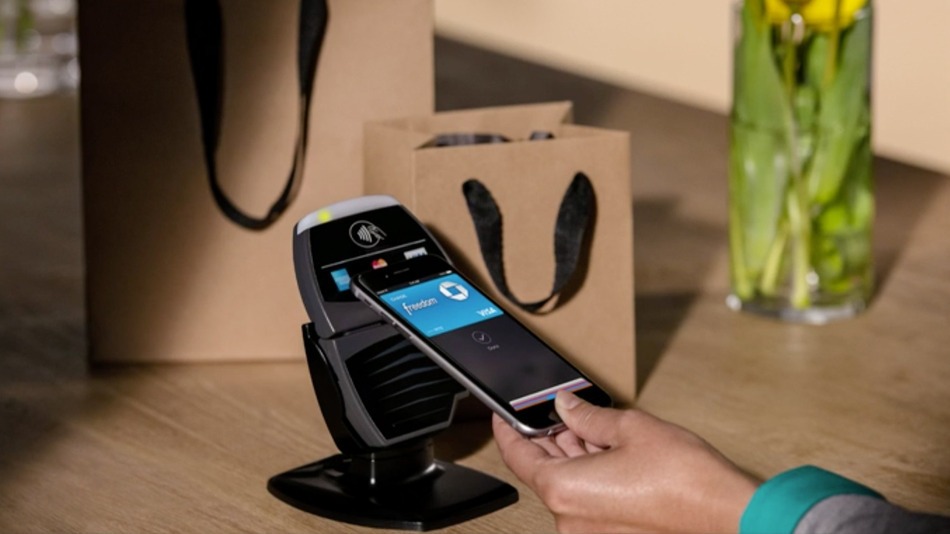
Are Credit Cards A Thing of the Past? A Rant about Apple Pay
With Apple Pay, consumers are promised a level of security with payments that exceeds that of their current swipe-card credit-card transactions today. This is because Apple Pay leverages “Secure Element” for secure transactions. Secure elements can also be stored on smart cards, primarily used in standard phones and some Android phones. Smart cards are micro-computers the size of your thumbnail. European consumers have been using smart cards worldwide for security purposes for the last fifteen years. All of their credit cards utilize embedded smart cards instead of magnetic stripes. A magnetic-stripe credit card can be copied by any Tom, Dick, or Harry with less than $50 worth of equipment. A smart card on the other hand, depending on the level of encryption used, can cost up to $100K to break or duplicate and requires more of a technical genius type.
Apple Pay suggests itself as the holy grail set to take U.S. Apple consumer transactions away from insecure magnetic-stripe or Internet transactions to more secure double-authentication and secure wireless-based transactions. Why didn’t this happen sooner, you ask? Why do I suffer with inferior magnetic-stripe technology that is so easy to steal, hack, and duplicate? Ironically, the answer to the question of why we aren’t even a technology follower lies in America’s historical position as an early technology adoption leader. And it’s this exact vulnerability which has not made us a leader again!
It might come as no surprise to you that the United States was an early adopter of credit cards decades ago. We were one of the first to embrace those wonderful pieces of plastic that we have a love/hate relationship with today: no, not your smartphone, your credit card. So merchants eagerly deployed inexpensive magnetic-stripe readers to satisfy consumer demand to use that plastic for transactions. Europe, on the other hand, is not so quick to adopt new technologies, and was a later adopter of credit cards. By the time they adopted them, the smart card was commercially available and ready to serve the purpose of more secure plastic credit-card transactions. So European merchants deployed a smarter infrastructure of smart-card readers rather than magnetic-stripe readers.
All these years American merchants have been reluctant and unwilling to upgrade their archaic back-end transaction systems and consumer-facing magnetic-stripe readers for cost reasons. Smart-card readers were expensive to deploy and cost prohibitive for merchants. Now with Apple Pay and readily available transaction devices using existing smartphones and tablets, consumers and merchants in the U.S. could enjoy hopefully much more secure transactions. It all depends on whether Apple’s historical position as a reliable and trustworthy company is carried out in their execution of Apple Pay. This could be truly ground-breaking for consumers in America. I hope I have helped you understand why. By adding the second layer of security of a thumbprint, Apple Pay truly ups the bar for secure transactions for consumers. Now not only does a thief have a hard time obtaining account information encrypted on your phone, but they would need to pass the second barrier of simulating your fingerprint. Truly exciting security! Thanks, Apple. Now let’s see if it works.




No Comments